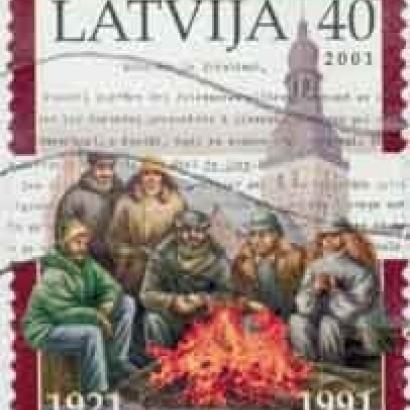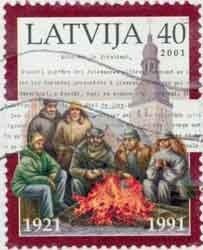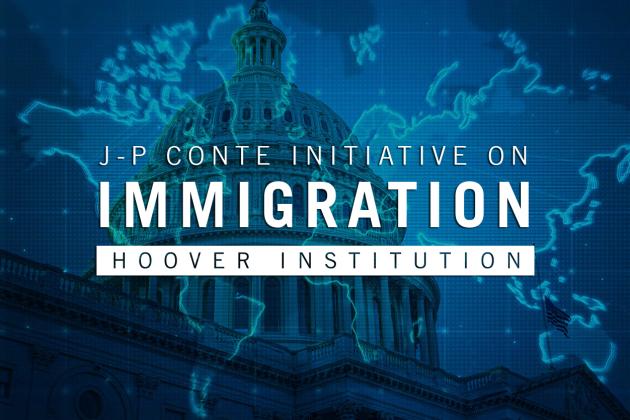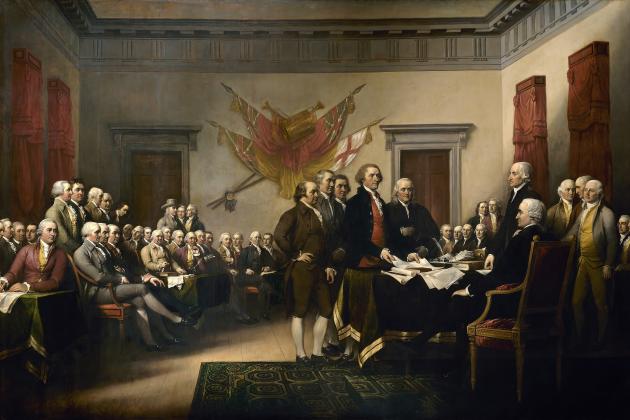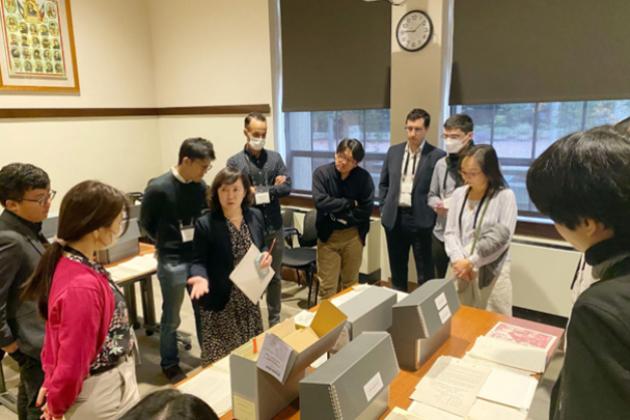
In May 2004, in the largest round of expansion in European Union history, ten countries will become new EU members, among them the three Baltic states, Estonia, Latvia, and Lithuania. Thus, thirteen years after the breakup of the Soviet Union, and the regaining of independence for the Baltic countries in 1991, they will officially join Europe, although many Estonians, Latvians, and Lithuanians feel that they never left Europe in the first place.
Although West Europeans have often thought of the Baltic states as being both geographically and historically remote, the inhabitants of this region have long identified themselves as European. Even under Soviet rule, the Baltic states were thought of by Russians as a “window on Europe.” Now that window is about to become part of the architecture of the European community. With this change, the Baltic dimension to Europe will become clear, as this crossroads where Scandinavia, Russia, and Central Europe intersect assumes greater importance.
Relations between the Baltic region and the rest of Europe go back many centuries. Riga, the capital of Latvia, and Tallinn, the capital of Estonia, were once part of the Hanseatic League, a group of formally linked merchant cities and perhaps the first international trading bloc of its kind. Lithuania shares an important history with Poland, in addition to having a long tradition as an independent state.
For many in the Baltic states, the Soviet era—during which Estonia, Latvia, and Lithuania were forcibly annexed by the USSR—now appears a long and painful parenthesis interrupting a journey begun toward Europe by these countries during their first period of independence. In the 1920s and the 1930s, the Baltic countries traded extensively with Europe and participated in the League of Nations and other international bodies.
The Baltic states’ political landscape changed completely with the collapse of the Soviet Union in 1991. Pro independence movements in Lithuania, Latvia, and Estonia played an important role in hastening this collapse, with large demonstrations occurring in Vilnius, the capital of Lithuania, and in Riga and Tallinn. Soviet security forces killed some of the demonstrators, inflaming popular sentiment and making continued Soviet rule in the Baltics untenable.
Once the Soviet Union was dissolved, Lithuania, Latvia, and Estonia were free to pursue independent foreign policies, which in all three cases immediately became oriented toward Europe, with accession to the European Union becoming the major goal of the three ex-Soviet republics. At the same time, due to their long and unhappy experience with Russia, the Baltic countries sought to become members of the NATO alliance, joining it in 2002.




